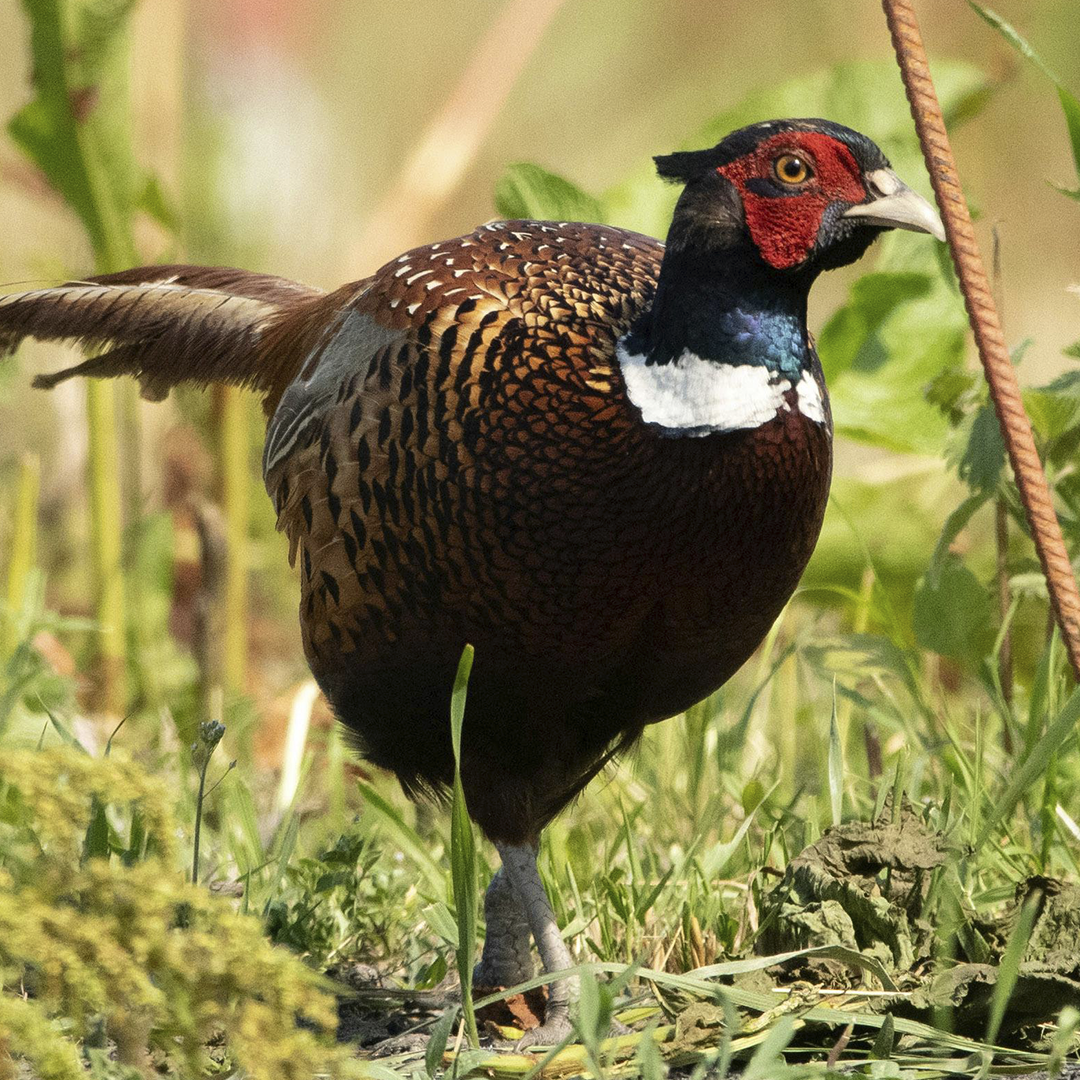
September 21, 2023
Trial of XTi PAWS on Ringneck Pheasant growth and egg production, 7/2022 – 9/2023
Internal XTi Trial
Conclusion: Exposure of Ringneck pheasant (Phasianus colchicus) to XTi’s pulsed alternating wavelength system (PAWS) resulted in equivalent production and sustained bird size in comparison with controls. There was an overall improvement in bird aggression.
Study Objective:
- To evaluate the effect of XTi PAWS on growth and production of Chukar Partridge considering previous results in chukar and laying hens.
- To assess the impact of XTi lighting on bird aggression and cannibalism.
- To assess the ability of XTi lighting to overcome seasonal limitations with egg production.
Background:
- Previous XTi trials with laying hens and chukar have shown consistent improvement in bird growth and egg production. Decreased aggression and improved handling has also been seen in laying hens and gamebirds.
- There remains some limitation in manipulation of photoperiods and the resulting impact on egg production with XTi lighting.
Methods:
- The study was conducted at XTi’s research facility in northern Colorado.
- 210 Ringneck pheasant (Phasianus colchicus) chicks were obtained from a commercial producer. The birds were placed into 10 tents. Eight tents had XTi “recipes”, 2 tents were controls. All tents were placed on a ramping light protocol as recommended by the commercial producer.
- Birds were transferred to lay enclosures at 14 weeks of age. Lay enclosures included single space cages, commercia battery cages, and a larger 5’ x 10’ cage.
- XTi lighting was changed from “grow” to “lay” recipes at 18 weeks of age. 3 cages were changed to a 17hr photoperiod at 27 weeks.
- Eggs were incubated up to 40 weeks to ensure viability.
- Bird weight and egg production data was collected to week 61 when the trial was ended.
Results:
- XTi lit bird growth and weight during the trial was not inferior to control birds.
- Production was varied depending upon lighting stimulus and enclosure type. Birds in the battery cages had the best production (both XTi and control).
- Control birds had earlier production but tapered off quicker than XTi lit birds. XTi lit birds trended toward increased production.
- Mortality rate was generally higher in the control cages. XTi lit birds showed less pecking behavior and less scarred/bald heads.
Discussion:
- Multiple variables in this trial limited the conclusions that can be made. Type of enclosure had a significant impact on bird production.
- XTi lighting resulted in good egg production in the correct enclosure and generally provided more prolonged egg production during the length of the trial.
- XTi birds were much easier to handle, were more calm/relaxed, and showed less aggression toward other birds.